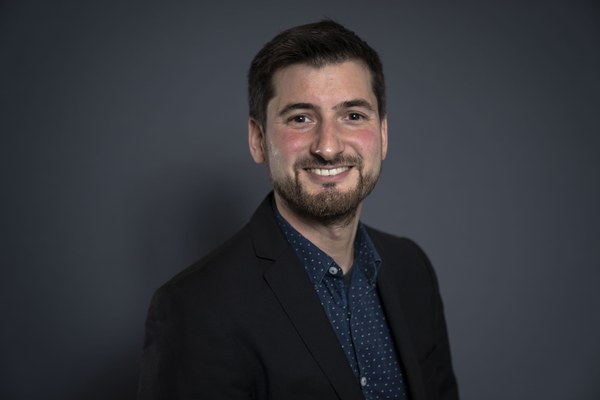Associate Professor Tom Brughmans receives more than 6 million DKK from the Independent Research Fund Denmark (DFF)
Associate Professor Tom Brughmans is awarded a Sapere Aude research leader grant by the Independent Research Fund Denmark (DFF) for the project 'MINERVA: Understanding the centuries-long functioning of the Roman economy’.

MINERVA will explore how a massive integrated economy like the Roman Empire evolved over centuries, by combining archaeological ceramics and the Roman transport network in computational simulation experiments. The project will run for four years from 2021, and will apply Centre for Urban Network Evolutions’ (UrbNet) relational perspective to the study of the Roman economy.
"This Sapere Aude grant is a gamechanger for myself and for this experimental research line. It will enhance my project management and supervision experience, and allow me to develop proof-of-concept studies for a challenging new research topic." says Tom Brughmans.
Using material culture to investigate complex economic processes
At its peak, the Roman Empire covered an area similar in size to the European Union, uniting almost 100 million inhabitants. But similarities do not end here: the different peoples, languages and religions within the Empire were united under a single political system with the Roman Emperor at its head, they used the same money, followed the same trade regulations, and were subject to the same legal system. Archaeologists uncover evidence that show the ups and downs of this bustling economy. Amphora containers, for example, were used for centuries to move vast quantities of necessities such as grain from Egypt or olive oil from Spain to the capital of Rome and everywhere else in the Empire. For centuries, the flow of goods and traders along the first European transport network went virtually uninterrupted, despite limited means of communication, and transport technology and infrastructure making sea and road voyages slow and dangerous.
The material remains they left behind offer us a unique glimpse at how huge integrated economies can change and evolve over centuries. But understanding how these complex economic processes emerge from everyday behaviour of individual Romans is not a mean feat. To make this possible, this project combines state-of-the-art computer simulations, archaeological ceramics evidence, and a detailed model of the Roman road network for the first time.
MINERVA addresses three challenges related to ceramics data, Roman roads and centuries-long simulations. First, what changes are visible over periods of centuries in the distribution and consumption of Roman plates, cups, bowls and containers? And what do they reveal about the long-term functioning of the Roman economy? MINERVA aims to quantitatively identify such patterns. Second, what was the structure of the Roman transport network through which such goods were distributed? We currently do not have a highly detained model of this network, and MINERVA aims to create this. And third, How does one simulate aspects of a large economy over a period of centuries? This has never been done before because for other large economies, like the integrated markets of the EU or the US, we simply do not have data for such long timespans. This will be an exciting challenge to explore that will benefit from collaboration with economic historians.
About the Independent Research Fund Denmark (DFF) and Sapere Aude
The Independent Research Fund Denmark funds specific research activities within all scientific areas that are based on the researchers' own initiatives and that improve the quality and internationalisation of Danish research. Sapere Aude research leaders are particularly talented younger researchers, who are capable of leading more participants in a research project at a high international level.
Find out more
Read more about the project on the DFF 2020 research leaders page and on the website of Aarhus University’s School for Culture and Society
